Flavor description of Panamanian Rosa Coffee A brief introduction to the characteristics and Price of Rosa Coffee Bean
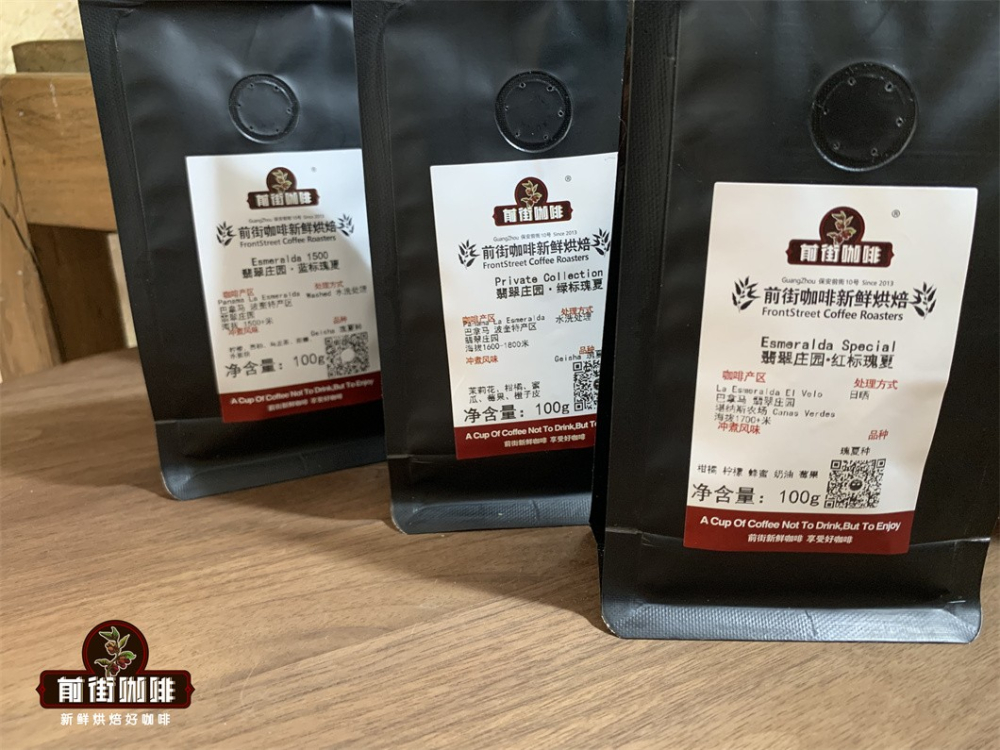
Rosa Geisha, the most well-known coffee variety since the popularity of boutique coffee era, has become a high-quality bean species sought after by coffee people all over the world because of its unique orange flavor. In this article, Qianjie will come to discuss with you the characteristics of Rosa varieties.
The taste of Rosa Coffee
Before Rosa rose became famous, it did not get much attention from growers because of its tall and thin tree shape, poor disease resistance, low yield and the average flavor of the species at lower elevations. In 2004, Rose Summer really entered the "Best Barnabas Raw Bean Competition" on the international coffee stage, showing exquisite jasmine and profound fruit aromas, shocked all the judges present, and was given an unprecedented high score. Won the championship of that year. Since then, the price of Rosa Coffee has reached record highs, and its reputation has spread all over the world.
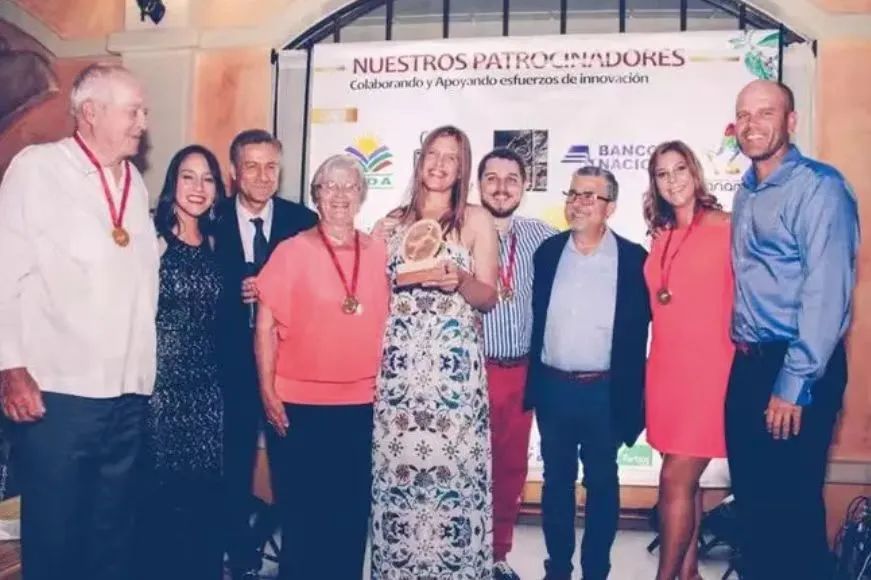
The reason why Rose Summer is popular with coffee people is different from the thick black coffee in the traditional impression, it is more like a cup of fresh flower and fruit tea. With rich aromas and complex fruit flavors, reminiscent of a series of unusual aromas. At different temperatures, you can feel the delicate texture and sweet and sour fruit flavor fill the whole mouth. Rose summer has such extraordinary flavor characteristics that it has become the "ceiling" of many coffee people. What makes Rose Summer so popular is the Bole Jade Manor of Rose Summer Coffee.
How did the Emerald Manor find Rose Summer?
Like many Arabica varieties, Rosa comes from Ethiopia, the birthplace of coffee. In 1931, Rosa was first collected in the wild Kaffa Caffa forest south of Ethiopia in search of new disease-resistant varieties, named after the nearby Geisha Mountain. Later, after being transferred to Kenya, Uganda, Tanzania and other institutes for trial planting, the rose summer seed came to the Tropical Plant Research Center CATIE in Costa Rica in 1953 and was recorded as T2722. There are records of planting on many local farms, but the branches of Rosa rugosa are fragile and the yield is not high, so they are not favored by farmers and are not widely planted.
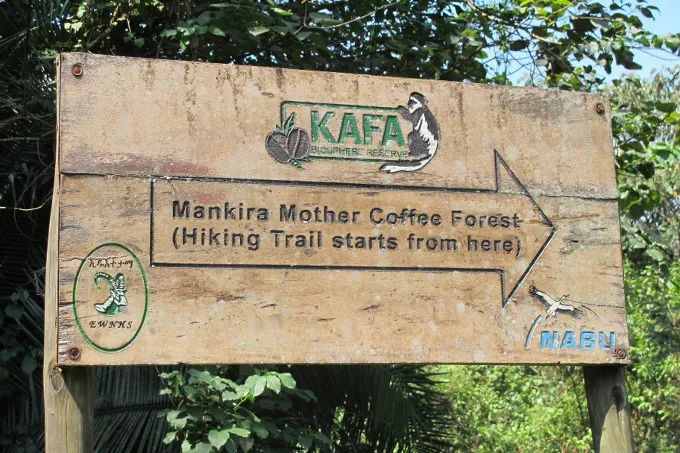
In the 1960s, CATIE gave T2722 Rose Summer to coffee farmers in Panama, and Rose Summer began to enter the promised land of Panama. In the 1990s, the Peterson family, the owner of the emerald estate, began to attach importance to coffee production and acquired a new high-altitude farm, Haramillo Jaramillo. Many coffee trees on the farm have leaf rust, but Daniel Peterson (Daniel Peterson) noticed that the rose summer tree was not seriously hurt, so they decided to transplant the rose summer, which was originally mixed with other varieties, to more areas of the farm and increase its altitude.
In 2003, the Peterson family finally discovered the potential of Rose Summer. When it was tested for the first time, it showed a very strong aroma of white flowers, extremely clean taste, showing a berry, citrus, bergamot-like finish, thus forming a very typical Panamanian Rosa flavor. The amazing crowd decided to take it to the 2004 BOP (Best Panamanian Coffee) competition and named it "Geisha". So today's stunning Panamanian rosy summer coffee is the T2722 variety of that year.

Why is Panama's Rose Summer the most famous?
As we all know, coffee is a kind of crop, and its flavor is not only affected by varieties, but also affected more or less by local factors, post-treatment, roasting and brewing. In other words, even if the same rose summer varieties as the jadeite manor are planted, they may not produce the same orange fragrance and honey characteristics. Today, in addition to Panama, we can drink rosy summer coffee from Costa Rica, Ethiopia, Colombia, Guatemala and other countries in many coffee shops, each with a unique flavor spectrum. If you taste Rosa Coffee for the first time, Qianjie suggests getting to know each other from Panama, where Rosa became famous. Panamanian coffee estates have more planting experience in rose summer varieties, and the unique rose summer flavor is also more representative.
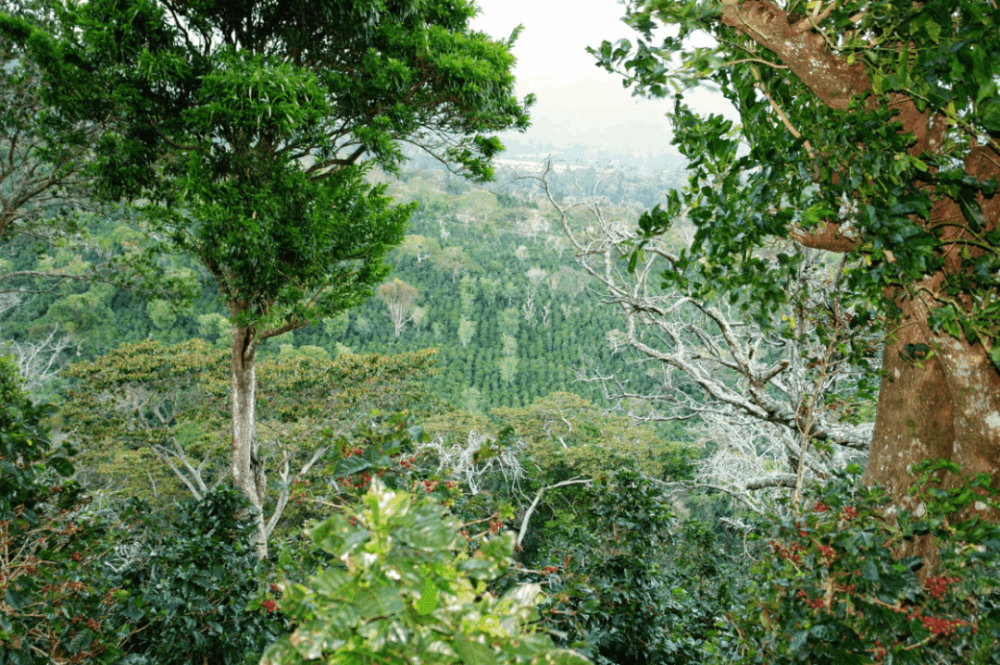
Panama's coffee-producing areas are mainly concentrated in the Poquet Valley in the western highlands and the Volkan area around the Baru volcano, including Emerald Manor, as well as the familiar Erida Manor, Jensen Manor and Hartman Manor.
Pokuit is one of the towns in Chiriki province, near the plateau on the eastern side of the Baru volcano, about 1000-2000 meters above sea level, facing the warm and humid Caribbean monsoon, the back is the Atlantic cold current, the mountains are high and steep. Baru Volcano National Park is an ecological conservation area with rich biodiversity and seven microclimates, coupled with year-round mist and abundant rainfall, creating good local planting conditions. Thanks to the unique local conditions, the Rose Summer Coffee here absorbs all kinds of essence and transforms into elegant flowers and fruits with changeable acidity. Naturally, it also frequently appears in various competitions to get excellent rankings.

What's the difference between Rose Summer Coffee in Emerald Manor?
On the bean list on the front street, there are about 10 choices of Rose Summer Coffee alone, among which in the Panamanian producing area, the Jade Manor Red label Rose Summer and Green label Rose Summer show the most classic Rose Summer flavor. So what do "red signs" and "green marks" mean?
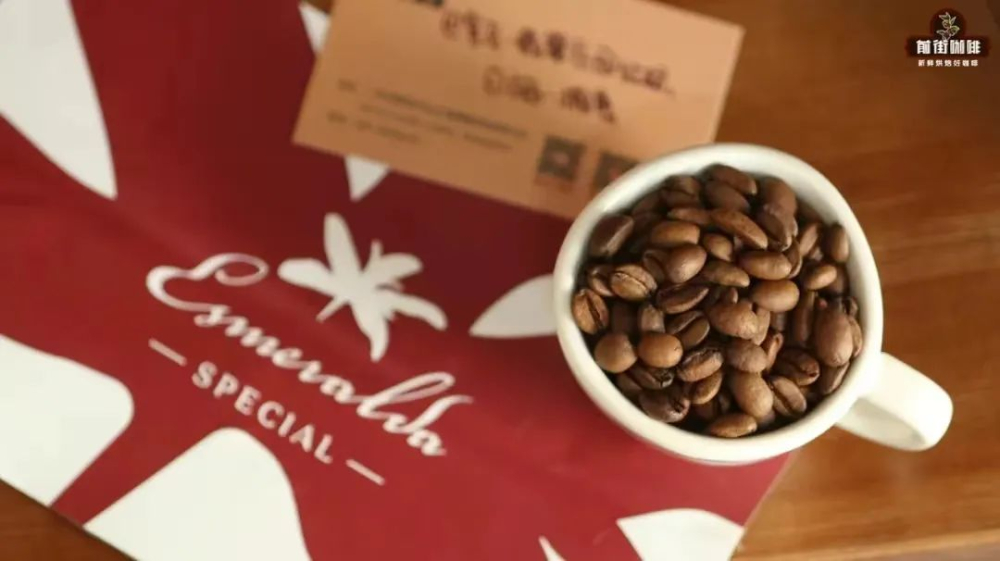
The so-called red mark is the jadeite selected grade ESMERALDA SPECIAL (including competitive bidding). The highest red mark is picked from coffee fruit at high altitude Geisha (1600-1800 meters), with a cup test score of more than 90 points, mainly from two farms, Jaramillo and Ca ñ as Verdes. Although it is highly faced with the challenges of planting and harvest, the flower and fruit flavor is the most prominent in the Pokuit region. The Jade Manor will hold independent bidding competitions. In the divided plots, the red bid lots for the competition are called competitive bids. The bidding lot will have a unique number, and each number corresponds to the entire lot of a lot. What we hear most often is the Mario (Mario) plot of Jaramillo Farm. The emerald red standard rose summer coffee beans in front of the street are from the Mario plot and are treated by the sun.
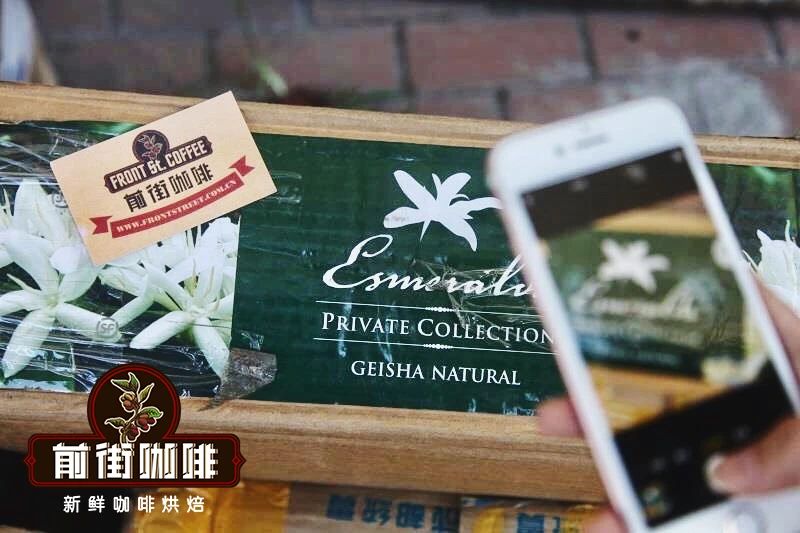
The green mark refers to the private collection of PRIVATE COLLECTION, selected from planting 1600-1800 meters above sea level, are picked from Jaramillo and Ca ñ as Verdess two plots, but the jadeite manor will not specifically identify the information of the land, so it will not participate in the bidding, although the grade is not as high as the red standard, it mainly reflects the iconic classic flavor of high-altitude rose summer. The green roses in front of the street are washed with water, and the cup test shows a more fresh and natural flavor of lemon, berries, grapefruit and Tieguanyin tea.
Because the rosy summer coffee beans of Feicui Manor are of high quality, excellent flavor and great fame, the price is a little more expensive than that of other manors. The previous street price is for reference, the red standard cooked bean price of Jadeite Manor is 350 yuan / 100g, and the green standard cooked bean price of Jadeite Manor is 168 yuan / 100g.
How to make high-grade Rosa coffee beans?
Preparation before brewing is very important, since it is high-quality coffee beans, if you want to taste the complete aroma of coffee, Qianjie recommends choosing freshly roasted coffee beans. The coffee beans shipped in Qianjie are freshly roasted within 5 days, in the hope that everyone can taste them in the best taste period. The emerald green standard rose summer coffee beans are selected for brewing in the front street here.
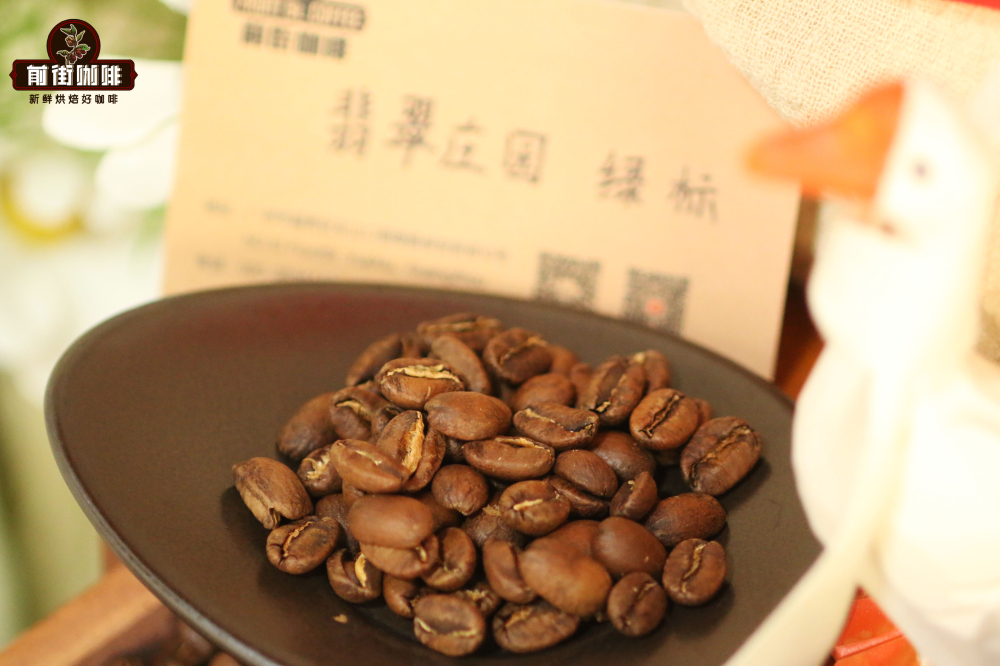
The flavor of Rosa Coffee is famous for its rich floral aroma and complex fruit flavors. Qianjie roasters want to retain more high quality acidity, so they choose medium and light roasting. This baking degree does not change the high hardness of beans at high altitude, so it is necessary to improve the extraction rate in cooking to show a fuller flavor level. Qianjie will use higher water temperature and fine grinding degree, which will stimulate more aromatic substances. In addition, Qianjie hopes that the flower and fruit flavor of Rose Summer Coffee will be clearer, and the proportion of powder and water will be a little larger, using 1:16.
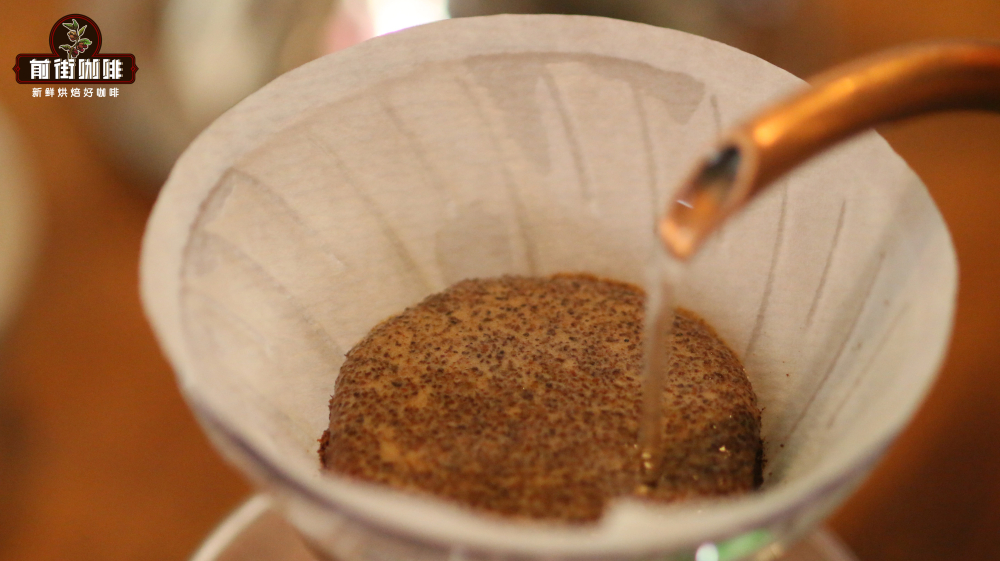
In order to improve the extraction rate of Rosa coffee and avoid over-extraction while highlighting the sweet and sour flavor, Qianjie baristas will use V60 filter cups. The body of the V60 filter cup has a diversion rib connecting the top and bottom and a large round hole in the center to accelerate the falling speed of the water flow, while the spirally shaped exhaust trough is designed to lengthen the flow path and increase the contact time of coffee powder and hot water. Each flow of water converges along the groove to the center of the filter cup, the pressure on the coffee powder is concentrated, and the extracted coffee is more layered.
Filter cup: V60 water temperature: 91-92 ℃ powder quantity: 15g powder water ratio: 1:15 Grinding degree: fine sugar size (No. 20 sieve bowl sieve powder to 80%)
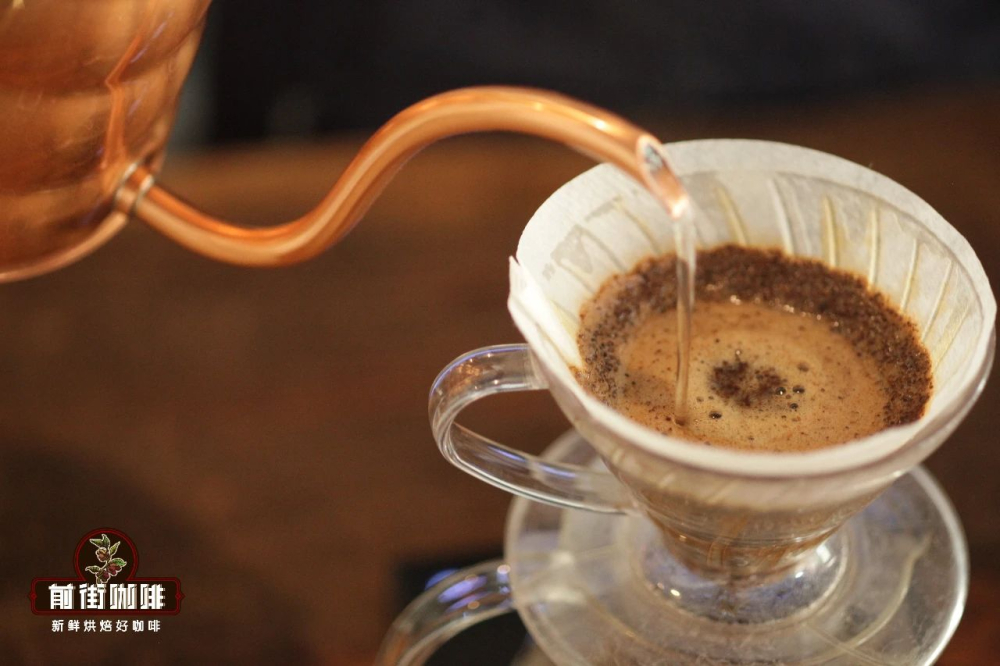
Three-stage extraction: the first stage is steamed with 30g water for 30 seconds, evenly injected around the circle to form a drum, the second stage is injected with 95g hot water, the powder layer is reduced to half, and the third stage 100g is injected until all the coffee is filtered. Pay attention to the center point to start water injection, the whole process of small flow soft circle, to avoid uneven extraction. Finally, after the coffee drops have been filtered, shake it gently first, and then you can taste the flavor of rose summer from the high temperature.
The entrance of the hand-made emerald green rose summer coffee is bright and fresh lemon acid. at the same time, you can also feel the elegant aroma like jasmine, as the temperature drops, the acidity and sweetness are intertwined, like berry juice. The tail rhyme presents clear green tea, the flavor level is very complex, the taste is full, smooth and pleasant.
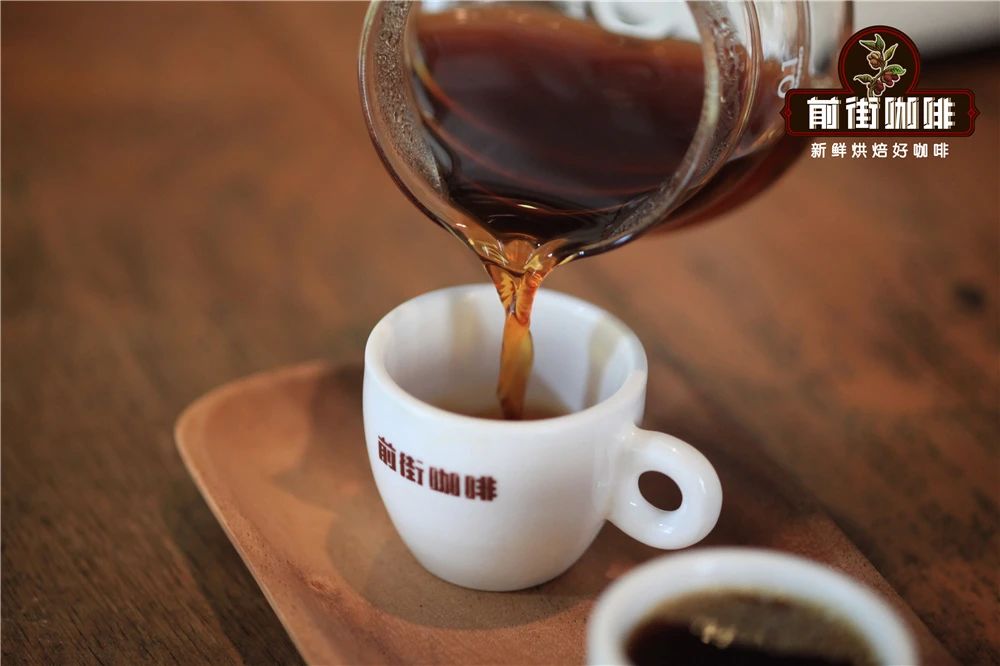
Professional coffee knowledge exchange more coffee bean information please follow the coffee workshop (Wechat official account cafe_style)
For more boutique coffee beans, please add private Qianjie coffee on Wechat. WeChat account: qjcoffeex
Important Notice :
前街咖啡 FrontStreet Coffee has moved to new addredd:
FrontStreet Coffee Address: 315,Donghua East Road,GuangZhou
Tel:020 38364473
- Prev
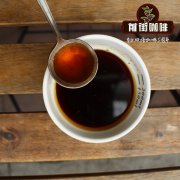
Malawian Coffee production Malawian Coffee producing areas introduce what coffee producing countries in Africa
Professional coffee knowledge exchange more coffee bean information please follow the coffee workshop (Wechat official account cafe_style) Gatunyu Kigio Farmers' Cooperative (FCS) is headquartered in Gatanga County, Mulan County. The association was registered on November 20, 1995 and includes the following coop plants in Kiambu and Muranga counties: Gakurari Muchai Gichamuri Wambaru Atlas from G.
- Next
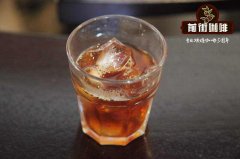
Karia Coffee Cooperative in Kenya, a major coffee producing country in Africa, African coffee cooperative.
Professional coffee knowledge exchange more coffee bean information please follow the coffee workshop (Wechat official account cafe_style) Kariua Farmers Cooperative Association (FCS) is located near the town of Karanda in Murang a county. Kariua currently has four factories: samples from the Githaiti new Irera Mutheru Mutitu from the Githaiti factory halted our selection in 2019. When
Related
- Beginners will see the "Coffee pull flower" guide!
- What is the difference between ice blog purified milk and ordinary milk coffee?
- Why is the Philippines the largest producer of crops in Liberia?
- For coffee extraction, should the fine powder be retained?
- How does extracted espresso fill pressed powder? How much strength does it take to press the powder?
- How to make jasmine cold extract coffee? Is the jasmine + latte good?
- Will this little toy really make the coffee taste better? How does Lily Drip affect coffee extraction?
- Will the action of slapping the filter cup also affect coffee extraction?
- What's the difference between powder-to-water ratio and powder-to-liquid ratio?
- What is the Ethiopian local species? What does it have to do with Heirloom native species?

